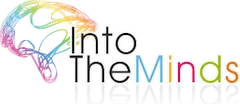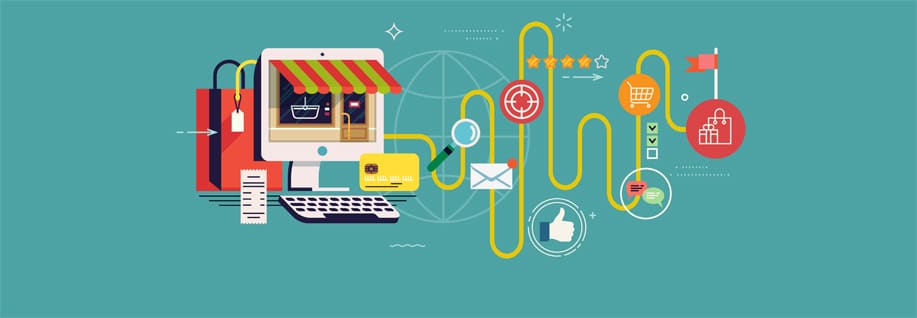IntoTheMinds has more than 10 years of expertise in customer experience (also called "customer experience" in English). For 10 years, we have been developing tools and publishing many articles on the subject. Today, our studies follow a unique and reliable methodology based on the analysis of the 6 scientifically proven dimensions of customer experience: affective, cognitive, relational, physical, sensory and symbolic.
To measure each of these dimensions, we have measurement tools that allow us to both measure customer experience and its evolution over time, and to highlight areas for improvement. We help companies from all backgrounds reinvent their customer experience. Why not you?
Our customer experience analysis services at a glance
- Method: measurement of the 6 key dimensions of customer experience
- Budget: from €5000 excl. VAT
- Timeline: from 2 weeks
- Quote: within 48 hours
What is customer experience?
Customer experience is a relatively common term, although few people can define it precisely. From a scientific point of view, customer experience is a subjective perception felt by the customer at a touchpoint when interacting with an entity (the brand, the company) or a person (an employee, other customers). Its uniqueness lies in its multidimensionality (affective, cognitive, relational, physical, sensory and symbolic) and in the fact that it goes beyond the act of purchase. Customer experience begins well before and continues well after the purchase or consumption. For more insights, we recommend reading the following reference article: "Understanding Customer Experience Throughout the Customer Journey" by Katherine Lemon and Peter C. Verhoef.
Client testimonial
Marie-Lucie Gibour is Product Manager at Hollister France. Hollister is a Swiss company specializing in the design, manufacture, and distribution of medical products.
We are very satisfied with our collaboration with IntoTheMinds on discovering a new target.
IntoTheMinds demonstrated great efficiency in carrying out the study and provided a detailed report and in-depth analysis of the existing situation. The recommendations on the study methodology proved very relevant, and the interview participants greatly appreciated the format and content of the discussions.
Why invest in customer experience?

64% of consumers say customer experience is more important than price. We are now in an "experiential" era where the universe around the product matters more than the product itself.
While the link between revenue and customer experience is now well established, studies also suggest a connection with profits. A McKinsey Insights study shows that improving customer experience leads to a 10 to 15% increase in revenues and a 15 to 20% decrease in costs, resulting in higher profits.
What is the difference between customer experience and customer service?
Customer service (which has its own measurement scales) contributes to customer experience. It is one touchpoint among others, and the interaction with the employee can influence the customer’s perception along the 6 dimensions of customer experience. However, customer experience is not limited to customer service, and it is important to understand how one affects the other without confusing the two.
Let us measure your customer experience
How to measure it?
Because customer experience is a process that unfolds over time and goes beyond the act of purchase or consumption, we developed over 10 years ago a visual framework to facilitate analysis. This framework, shown below, is also available for free in high resolution on our resources page.
With this tool, we start by breaking down the customer experience into distinct moments to get a complete view of the customer journey. The journey consists of different moments in the customer’s life. These moments can be analyzed using the 6 dimensions that define experience:
- affective
- cognitive
- relational
- physical
- sensory
- symbolic
In the context of the project, we define scales to precisely measure each dimension for our client. Most often, the measurement is done through a CAWI approach, or more rarely through CATI.
To learn more
Over the past 10 years, we have published many articles on customer experience on our blog. Below are some of our most-read articles to help you delve deeper into the topic:


 We are very satisfied with our collaboration with IntoTheMinds on discovering a new target.
We are very satisfied with our collaboration with IntoTheMinds on discovering a new target.